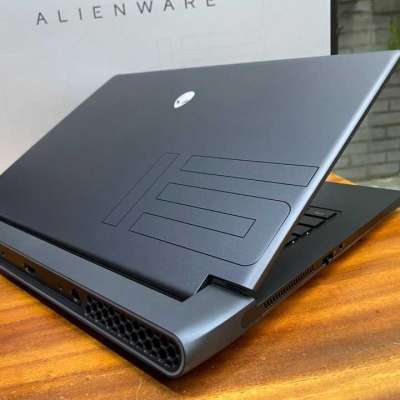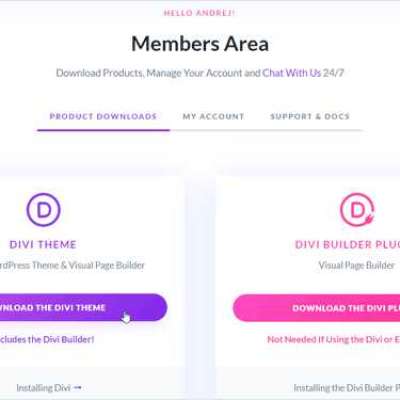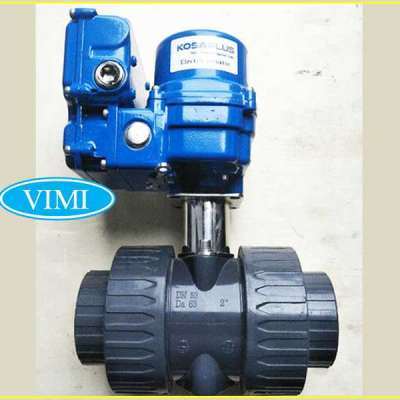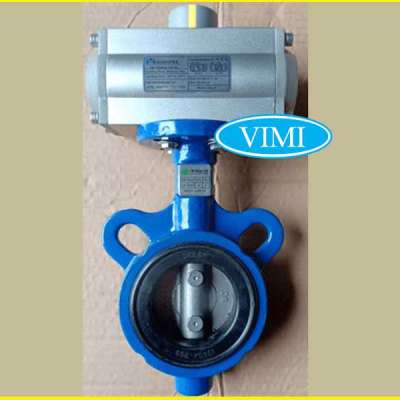The Rise of Virtual Reality in Audio Visual Technology
Introduction
Virtual reality has come a long way since its inception in the 1980s and 1990s. While it was once considered a niche futuristic technology, VR has exploded in popularity in recent years with major strides being made in the fidelity, accessibility and affordability of VR experiences. In this blog, we will explore the rise of virtual reality technology, how it has evolved over the years and where it may be headed in the coming decade.
History and Evolution of VR
The concept of virtual reality originated in the mid-20th century and was pioneered by researchers like Morton Heilig and Ivan Sutherland. However, it was until the 1980s and 1990s when the first VR headsets emerged, though they were often bulky, low resolution and required expensive machinery. Some key developments during this early period included:
The Sensorama Simulator (1962) - Considered one of the first VR systems, it simulated sight, sound, smells and even vibration for a motorcycle ride experience.
The Virtual Vision Head Mounted Display (1967) - One of the earliest head mounted displays that allowed stereoscopic viewing of 3D content.
The Aspen Movie Map (1978) - A seminal VR project that mapped the city of Aspen, Colorado allowing users to navigate photorealistic virtual streets via videodisc.
Virtual Reality Helmet (1985) - An early head mounted display created by computer scientist Jaron Lanier and his startup company VPL Research.
By the 1990s and 2000s, VR was gaining traction in research labs and among early adopters. However, the displays were still high-cost and low quality. It wasn't until smartphones and mobile VR in the 2010s that the tech became more accessible to consumers.
The Smartphone Revolution and Modern VR
The modern resurgence of VR can be directly linked to simultaneous advances in smartphone technology and affordable motion tracking sensors. A few key developments include:
Oculus Rift Kickstarter (2012) - The groundbreaking Kickstarter for a high-fidelity VR headset renewed public interest and investment in the technology.
Samsung Gear VR (2015) - Launched in collaboration with Oculus, it was one of the first mainstream VR headsets powered by smartphones.
PlayStation VR (2016) - Sony entered the fray with a polished and affordable consumer-focused headset for the PlayStation 4.
-HTC Vive/Oculus Rift CV1 (2016) - High-end PC-powered systems delivered room-scale tracking and motion controls for truly immersive 6DOF experiences.
-Oculus Quest (2019) - A major step towards mainstream adoption with an untethered all-in-one headset at an affordable price point.
These innovations made quality VR available and accessible to many more users, setting the stage for wider commercialization and application across industries like gaming, social media, healthcare, education and more.
Applications and Implementations of VR
With the advent of affordable, high-quality consumer VR headsets, the technology has found applications across various sectors over the last decade:
Gaming
Not surprisingly, gaming has been a major driver of the VR industry. Titles like Beat Saber, Superhot VR and flagship titles for PSVR/Rift/Vive established VR as an engaging new gaming medium. Multiplayer and social gaming in VR also expanded possibilities.
Entertainment
From 360-degree video on platforms like YouTube and Facebook to dedicated cinematic VR apps, virtual worlds are enriching how we experience entertainment at home and on the go. Live concerts and events in VR are also gaining popularity.
Education and Training
VR/AR offer immersive learning experiences for students and professionals across fields. Simulations are used for training in healthcare, engineering, aviation, defense, wildlife conservation and more. Museums are also exploring virtual tours.
Design and Visualization
Architects, engineers, automotive designers use VR to visualize, iterate on and showcase their projects to clients in vivid 3D. Manufacturers are exploring mixed reality for repairs and assembly.
Therapy and Healthcare
VR exposure therapy helps patients overcome phobias by immersing them in gradually challenging virtual environments. Medical training simulations are also quite common. The technology has applications in rehabilitation, pain management and more.
Social and Remote Experiences
Platforms like VRChat, AltspaceVR and Within allow people to socialize in virtual worlds. It's also being used to enable remote collaboration, concerts and visitations during periods of isolation.
The Future of VR
All the elements are in place for VR technology and adoption to accelerate exponentially in the coming decade based on recent trends:
Hardware Advancements
headset displays will continue to increase resolution and field of view, decreasing in size and weight. Foveated rendering will boost fidelity. New input like eye tracking will enhance interfaces.
Wireless Connectivity
5G networks and WiFi 6 will allow high-quality untethered experiences on portable headsets without compromising fidelity or latency. Cloud rendering will bolster graphics.
Immersion and Realism
Advances in haptics, smell rendering, multifocal displays support convergence for photorealistic virtual worlds where we can truly suspend disbelief.
Commercialization Across Industries
VR/AR adoption will mainstream across industries with myriad bespoke implementations optimized for specific applications and sectors.
Social Virtual Worlds
Persistent shared virtual spaces could become as ubiquitous as mobile networks, changing how we interact, play and work together online beyond today's platforms.
Conclusion
From niche technology to mainstream consumer product to rapidly maturing transformative medium, virtual reality has seen exponential growth and will likely transform how we experience technology, media and each other in the coming decades. Hardware advancements coupled with widespread commercial applications ensure VR's rise across industries and ongoing evolution over the next 10 years and beyond. With immersive social experiences and multifocal simulations, virtual worlds may start to feel as texturally real as our physical realm.
Read Related:- https://avfusionhorizon.weebly.....com/blog/the-impact
Like
Comment
Share















